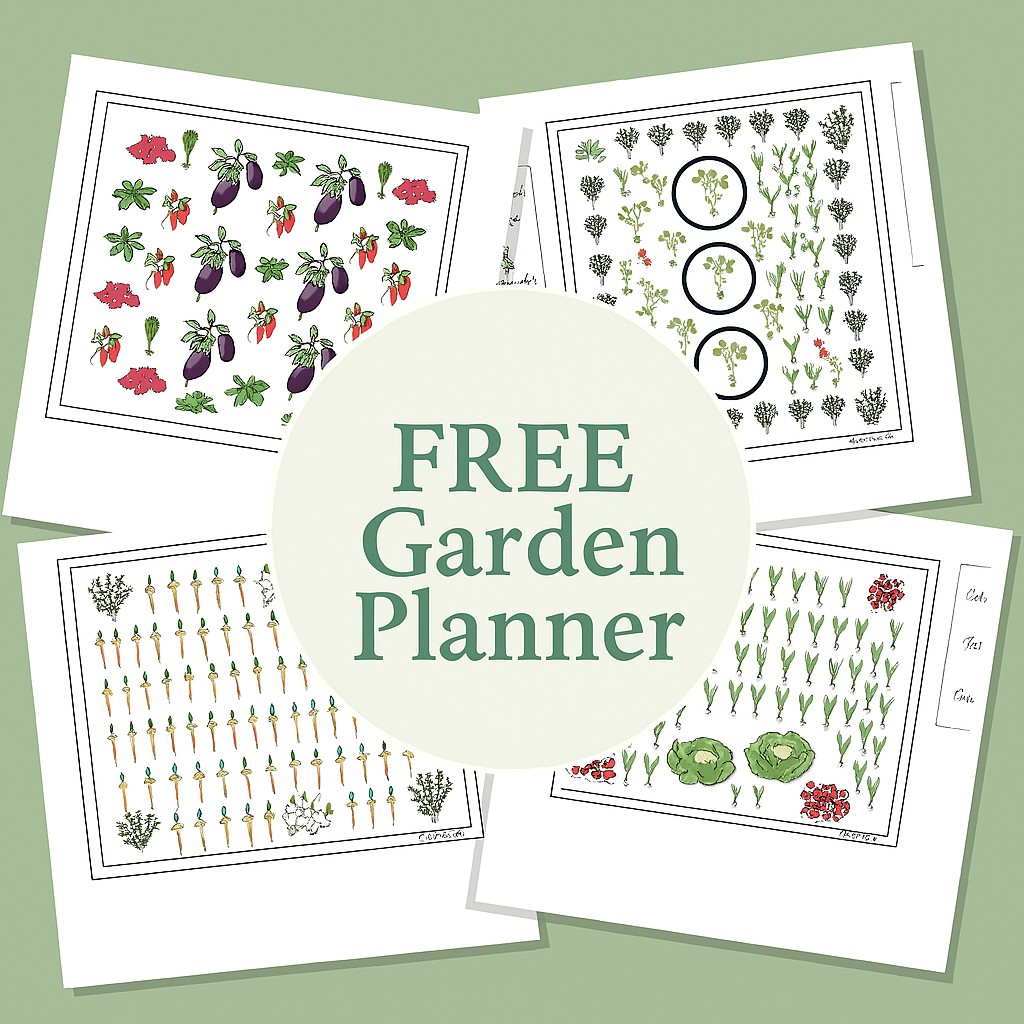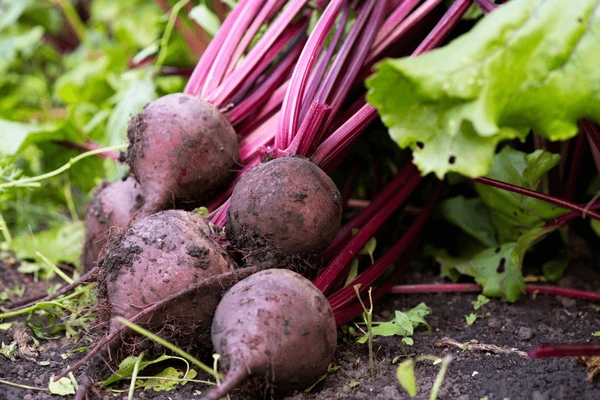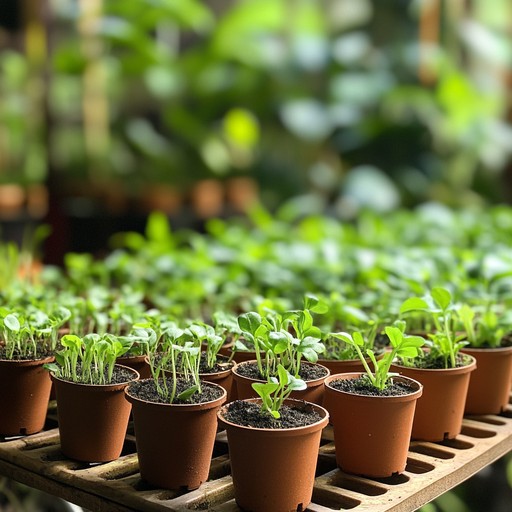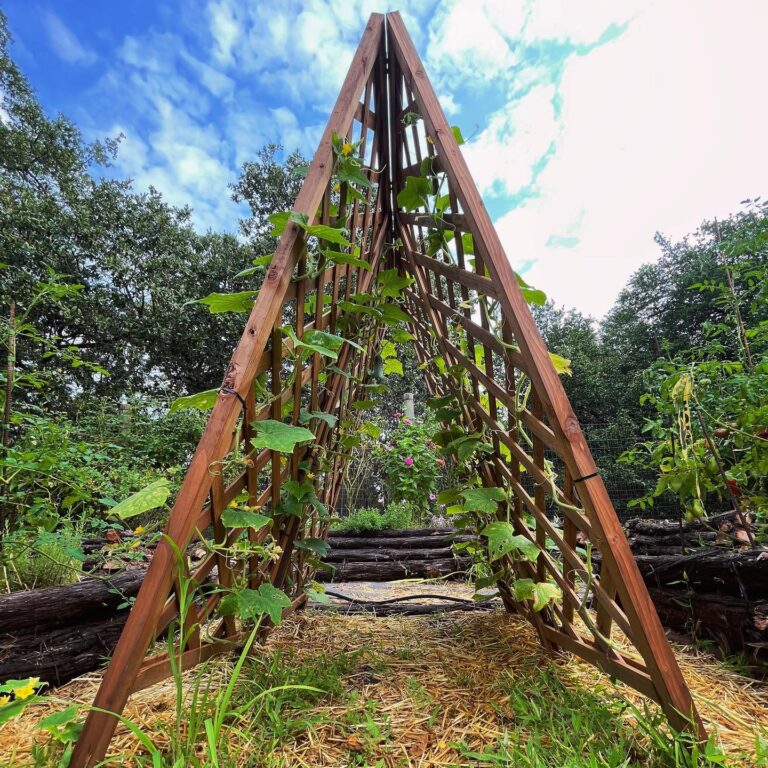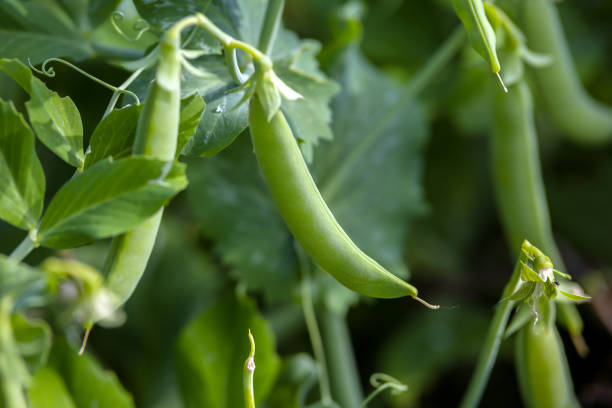A Beginner’s Guide to Planning and Designing a Cut Flower Garden
Nothing brings joy like a vase filled with freshly cut flowers from your own garden.
A cut flower garden isn’t just about aesthetics; it’s a personal oasis that provides endless blooms for your home and gifts for loved ones.
Whether you’re new to gardening or looking to refine your green thumb, this guide will help you plan and design a flourishing cut flower garden from scratch.
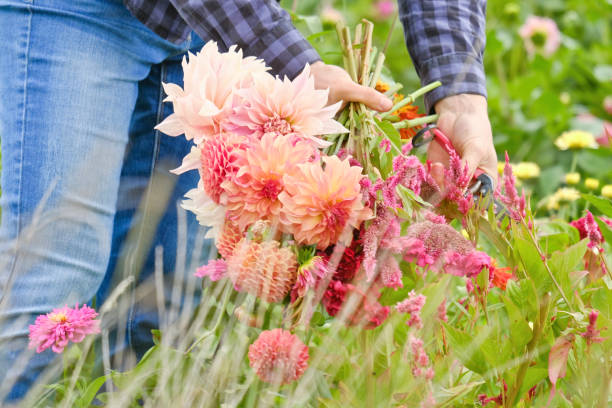
Step 1: Choose the Right Location
The success of your cut flower garden starts with selecting the perfect spot.
Most flowering plants thrive in full sun, so pick a location that gets at least 6-8 hours of sunlight per day.
Ensure the soil is well-draining and rich in organic matter. If the soil is poor, consider raised beds or amending it with compost to boost fertility.
Step 2: Select Your Flowers Wisely
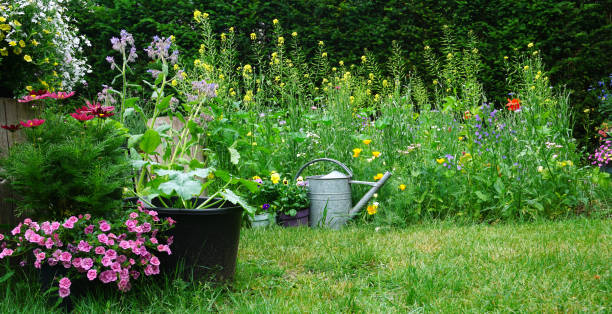
For a continuous supply of blooms, choose a mix of annuals, perennials, and bulbs.
Here are some popular choices:
- Annuals: Zinnias, sunflowers, cosmos, snapdragons
- Perennials: Peonies, coneflowers, black-eyed Susans, dahlias
- Bulbs: Tulips, lilies, gladiolus, daffodils
Consider the bloom time of each plant to ensure a steady stream of flowers throughout the growing season.
Step 3: Plan Your Layout
A well-thought-out layout ensures easy access for cutting and maintenance. Use these design principles:
- Rows or Blocks: Organize plants in rows or blocks to make cutting easier.
- Height Consideration: Place taller plants (like sunflowers and delphiniums) at the back and shorter plants (like marigolds and sweet peas) in the front.
- Color Coordination: Plan a palette that complements your home decor or favorite shades.
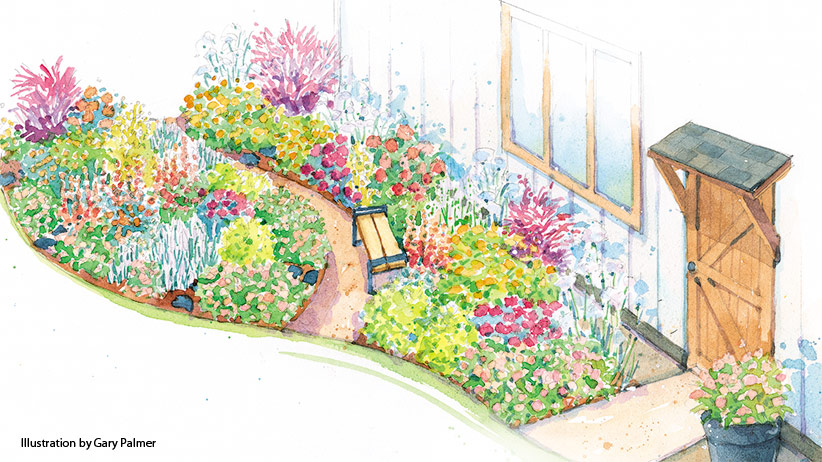
Step 4: Incorporate Succession Planting
To maintain a continuous supply of blooms throughout the growing season, practice succession planting.
This involves sowing seeds or planting transplants at staggered intervals, ensuring that as one batch of flowers fades, another is ready to bloom.
For instance, planting zinnias or cosmos every two to three weeks can provide a steady stream of cut flowers.
Step 5: Utilize Companion Planting
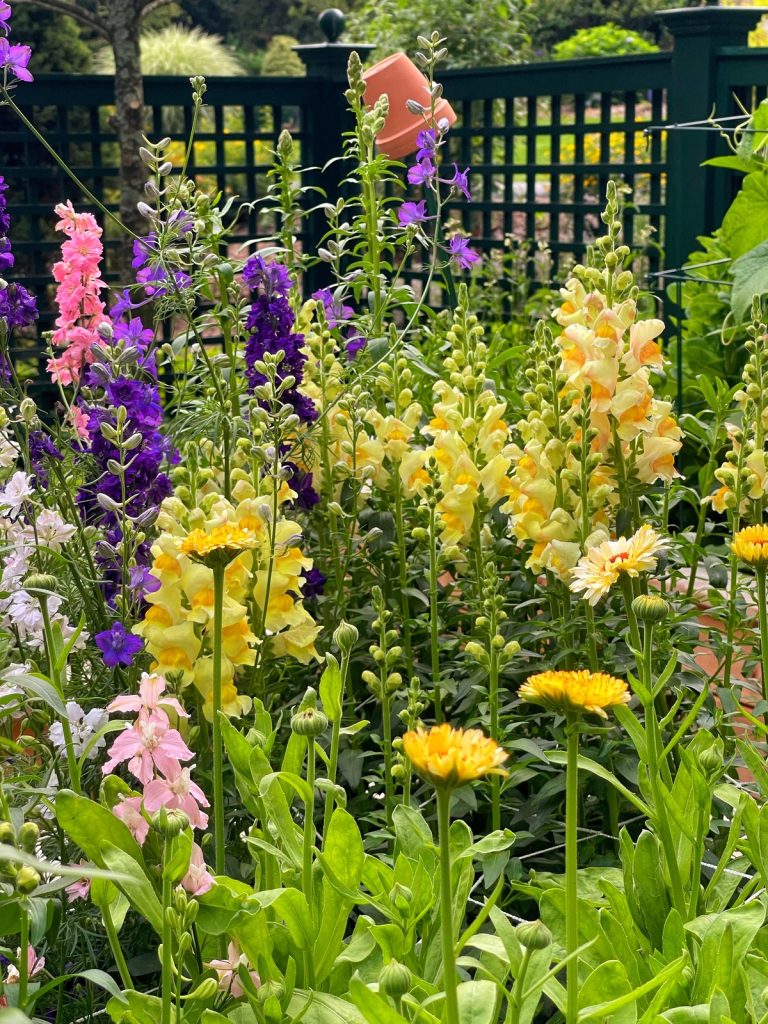
Strategically pair plants that benefit each other to promote healthy growth and deter pests.
For example, marigolds can repel nematodes and other harmful insects, making them excellent companions for many flowering plants.
Integrating herbs like basil or lavender can also attract beneficial pollinators to your garden.
Step 6: Plan for Seasonal Transitions
Design your garden with seasonal changes in mind to ensure year-round interest and productivity.
Incorporate early bloomers like tulips and daffodils for spring, followed by summer stalwarts such as sunflowers and dahlias, and conclude with fall bloomers like chrysanthemums.
This approach keeps your garden vibrant across seasons.
Step 7: Prepare the Soil
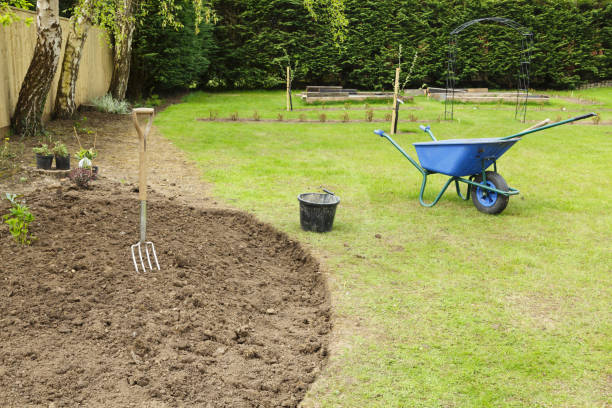
Healthy soil leads to healthy plants. Before planting, enrich the soil with compost or aged manure.
Test the soil’s pH to ensure it falls within the optimal range for flowers (usually 6.0-7.0). Loosen the soil to encourage strong root growth and water drainage.
Step 8: Implement Efficient Irrigation Systems
Consistent moisture is crucial for flower production. Consider installing drip irrigation or soaker hoses to deliver water directly to the root zones, reducing evaporation and ensuring efficient water use.
Mulching around plants also helps retain soil moisture and regulate temperature.
Step 9: Incorporate Foliage and Filler Plants
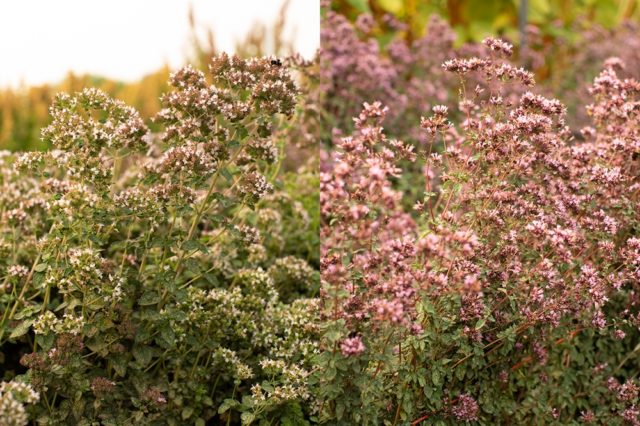
Enhance the texture and fullness of your floral arrangements by including plants known for their attractive foliage or filler flowers.
Plants like dusty miller, eucalyptus, and ornamental grasses add depth and contrast to bouquets, complementing the vibrant colors of focal flowers.
Step 10: Allocate Space for Experimentation
Dedicate a section of your garden to trial new flower varieties or growing techniques.
This experimental area allows you to discover what works best in your specific conditions and keeps your gardening experience dynamic and educational.
Step 11: Over 30 Best Flowers for Cutting: Planting and Blooming Times Chart
| Flower Name | Type | Best Planting Time | Blooming Season |
|---|---|---|---|
| Zinnias | Annual | Spring | Summer-Fall |
| Sunflowers | Annual | Spring-Early Summer | Summer |
| Cosmos | Annual | Spring | Summer-Fall |
| Snapdragons | Annual | Early Spring | Spring-Summer |
| Peonies | Perennial | Fall-Early Spring | Spring |
| Coneflowers | Perennial | Spring-Fall | Summer-Fall |
| Black-eyed Susans | Perennial | Spring-Fall | Summer-Fall |
| Dahlias | Perennial | Spring | Summer-Fall |
| Tulips | Bulb | Fall | Spring |
| Lilies | Bulb | Fall-Spring | Summer |
| Gladiolus | Bulb | Spring-Summer | Summer |
| Daffodils | Bulb | Fall | Spring |
| Roses | Perennial | Spring | Spring-Fall |
| Larkspur | Annual | Early Spring | Spring |
| Sweet Peas | Annual | Late Winter | Spring-Early Summer |
| Marigolds | Annual | Spring-Summer | Summer-Fall |
| Poppies | Annual | Fall-Spring | Spring-Summer |
| Carnations | Perennial | Spring-Fall | Summer-Fall |
| Foxgloves | Biennial | Fall-Spring | Spring-Summer |
| Stock | Annual | Spring | Spring-Summer |
| Lisianthus | Annual | Spring | Summer |
| Ranunculus | Bulb | Fall-Winter | Spring |
| Anemones | Bulb | Fall-Winter | Spring |
| Chrysanthemums | Perennial | Spring-Summer | Fall |
| Yarrow | Perennial | Spring-Summer | Summer-Fall |
| Lavender | Perennial | Spring-Summer | Summer |
| Verbena | Annual | Spring | Summer-Fall |
| Celosia | Annual | Spring-Summer | Summer-Fall |
| Bachelor’s Buttons | Annual | Early Spring | Spring-Summer |
| Delphiniums | Perennial | Spring | Summer |
| Amaranthus | Annual | Spring | Summer-Fall |
Step 12: Planting and Caring for Your Flowers
- Spacing: Follow spacing guidelines for each type of flower to prevent overcrowding.
- Watering: Keep soil consistently moist but not waterlogged.
- Fertilizing: Use an organic flower fertilizer to promote strong growth and vibrant blooms.
- Mulching: Apply a layer of mulch to retain moisture and suppress weeds.
- Deadheading & Pruning: Regularly remove spent flowers to encourage more blooms.
Step 13: Harvesting Your Flowers
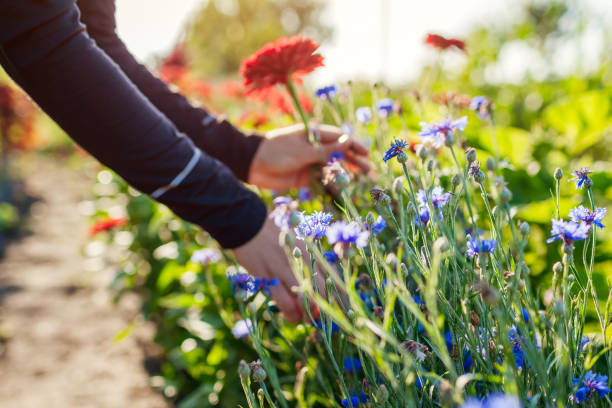
For the longest vase life, cut flowers in the early morning or late evening when they’re well-hydrated. Use sharp scissors or pruners and place the stems immediately in water.
Remove any leaves that will be submerged in the vase to prevent bacterial growth.
Final Thoughts
Starting a cut flower garden is a delightful and fulfilling endeavor.
With thoughtful planning, proper care, and a bit of patience, your garden will provide stunning blooms season after season!
